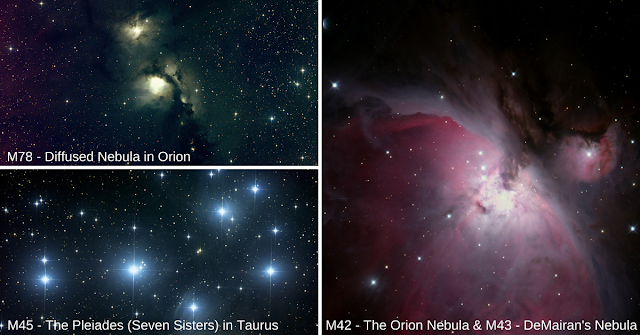Grade 8 students in Mrs. Runyon’s science class at Plymouth South Middle School, Plymouth, Massachusetts discussed these and other questions before embarking on a journey through space via Insight Observatory's Astronomical Telescopes for Educational Outreach (ATEO) remote telescope network. Students selected deep-sky Messier objects to research, hunting for objects that both inspired them, as well as were visible in the January skies of the northern and southern hemispheres.
Working in groups, the students presented and taught each other about these objects, and decided which ones to select for imaging using Insight Observatory's Educational Image Request (EIR) form. After the deep-sky image requests were uploaded to the telescope queues, acquired, and processed, the students compared their images with those taken from the Hubble Space Telescope. They discussed the differences between the image qualities gathered from the ATEO remote telescopes and Hubble, both in location and structure.
Insight Observatory would like to thank Mrs. Runyon and her 8th-grade science students for participating in its "Bringing the Universe to the Classroom" program. If you are an educator and interested in accessing Insight Observatory's ATEO remote telescope network for a classroom project, please Contact Us.




No comments:
Post a Comment